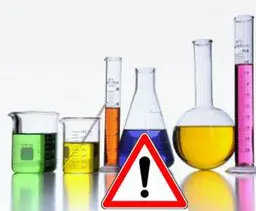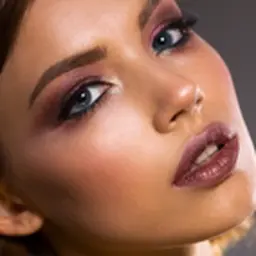
This term has been more and more commonly used for a while on cosmetics labels, in particular in anti-aging product sales leaflets. The concept may seem new… even if the cosmetics industry has been familiar with its principle for a long time, especially with the soft focus techniques.
The ‘blur’ concept, transposed from photography to cosmetics applications, was born in Asia (similarly to most of what shapes cosmetics trends today). Adopted in the United States, it finally reached us, and endless European brands have introduced it to their own ranges since then.
It consists in using substances that can diffract the light on the skin rather reflect it, in order to visually mask its microdepressionary network, which builds the skin’s contours – in other words, the wrinkles.
By definition, ‘Blur’ ingredients give the optical impression that the skin has been smoothed by blurring its wrinkles (at least, fine lines), as if a veil or a tracing paper had been placed on the face. The advantage with this process is that consumers will like its immediate efficacy… even if it disappears when cleansing the skin, or as the product applied gradually fades during the day. But, looking younger in just a minute cannot be refused, can it?
Blur products
The first ingredients used when this concept was born were pigments qualified as ‘soft focus’ and made from mica powder, pearls, or silica beads.
Then, the technique became more sophisticated and was completed (at least in conventional cosmetics) by the development of silicone elastomers.
The skin’s visual aspect got modified and, as brands say, ‘resurfaced’.
Later, skincare touches were added to the optical effect, so that today, there are products intended to instantaneously mask wrinkles on the market, but the most sophisticated formulations act more deeply on the various aspects of skin aging.
And a blur product can be a cream, an eye contour, a foundation, a ‘primer,’ or a specific product that is only a… blur product.
Blur products in practice
No problem with day creams or foundations, we know how and at what point of the skincare routine they should be applied.
But we might get a bit more confused about the ideal way to use a ‘simple’ blur product.
When they are positioned as ‘primers’, the problem is quickly solved: they were designed to be applied before the other products, as we would do with a serum before a skincare cream. The idea is just to be careful by letting it dry and get absorbed by the skin to prevent the following products from ‘going fluffy’.
By contrast, blur products must be used after the day care product, and before makeup. Again, they must be left to dry for at least one minute between each application step. They are applied on the whole face or only on the areas to be corrected (eye contour, forehead, mouth contour…), and they allow for an even more homogeneous makeup finish to better mask the skin’s imperfections.
Lastly, they can be used for punctual retouches during the day, by only applying small quantities on the areas targeted and gently patting the skin… for an additional optical gap-filling effect!












